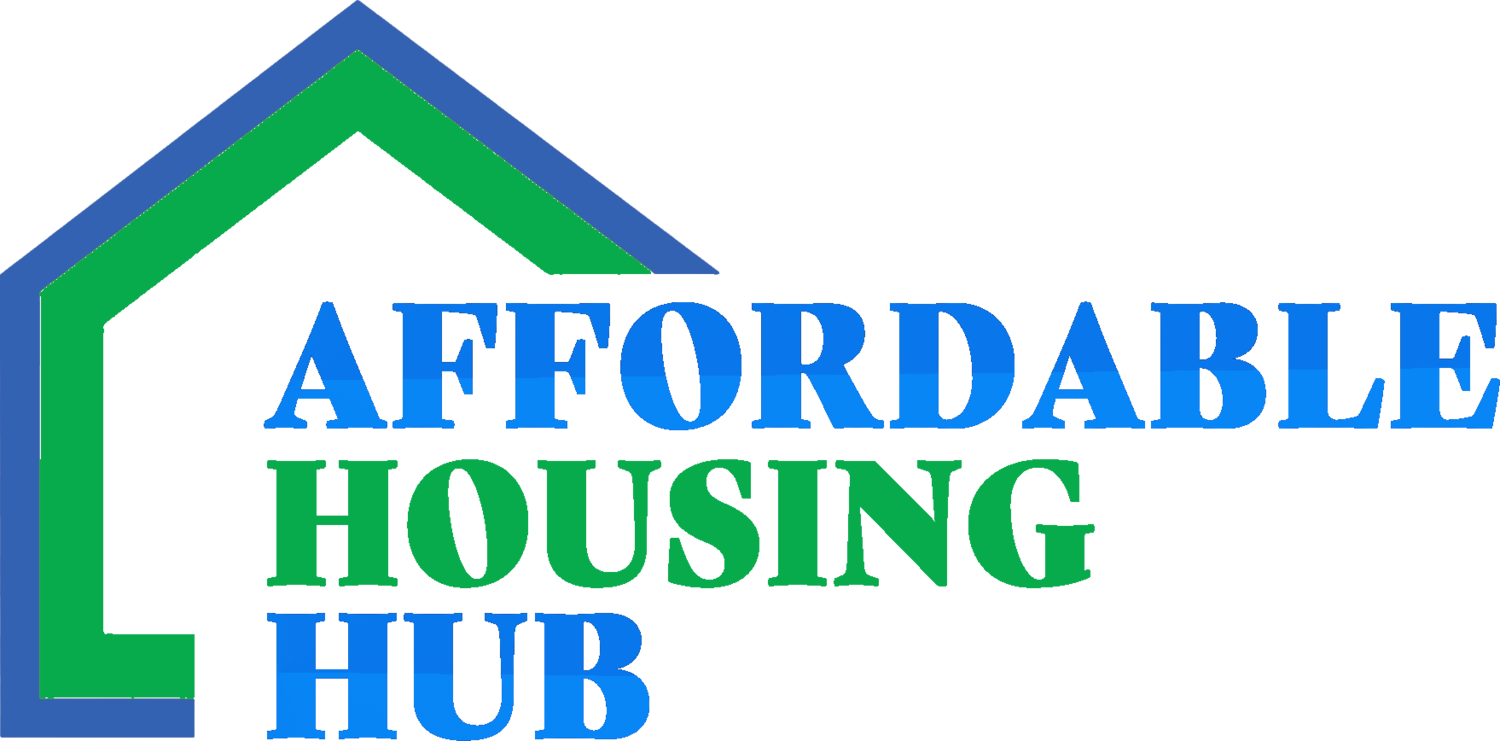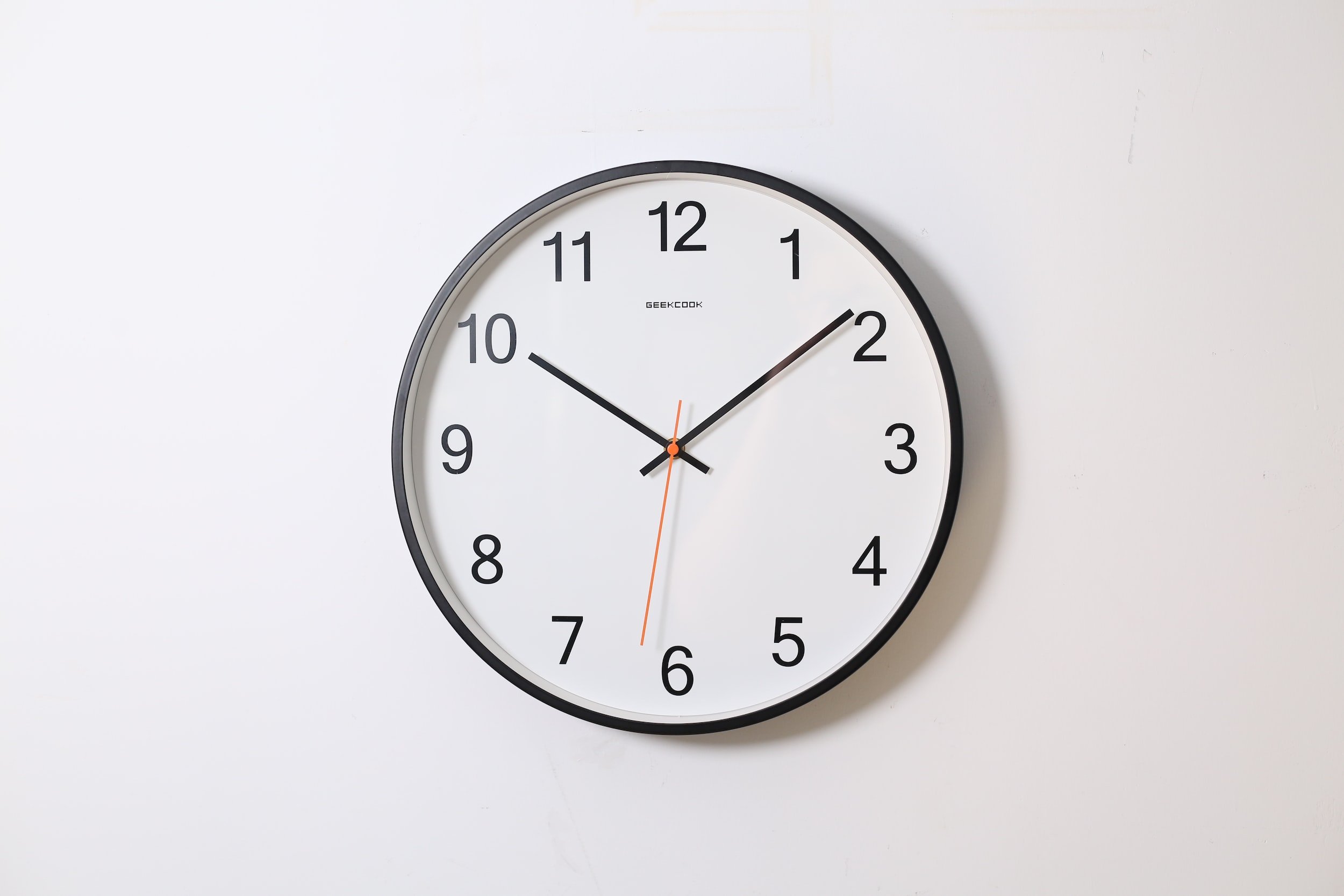DOWNPAYMENT ASSISTANCE OPTIONS
Saving enough money for a downpayment is one of the biggest obstacles to homeownership. Many people mistakenly assume they must have 10% - 20% of the purchase price to put down before they can be approved for a loan.
There are several loan options that require less than 10% down, but there are also over 2,000 programs nationwide, many on the state, county, and local level, that offer buyers low interest deferred loans that are forgiven after a period of time or grants that don’t have to be paid back at all.
If the cost of a downpayment is preventing you from owning your own home, you should research the downpayment assistance options available to see if one is right for you.
What are the different types of assistance available?
There are basically four types of downpayment assistance (DPA).
1. Grants.Grants are essentially gifts. There is no repayment required. Grants are the most common type of assistance.
2. Loans with monthly payments.These are second mortgages that you repay along with your mortgage.
3. Deferred loans.These are also second mortgages, but you don’t have to start paying them back until you sell, move, or refinance.
4. Forgivable loans.These are second mortgages as well, but they are forgiven after you’ve lived in your house for a set period of time. You may have to live in your house for five to 20 years before the loan is completely forgiven. If you move, sell, or refinance, before the set time period expires, you must repay the loan.
Who qualifies?
Not all assistance programs are alike. They will vary depending on the particular program and where you live. To be clear, first-time homebuyer programs are available to most people, including those who have owned a home in the past.
Although programs differ, the restrictions generally run along these lines.
You must be a first time homebuyer.
You must live in the home as your primary residence.
Your income must not be above a certain level.
The home you purchase must be in a targeted area.
You must work with an approved mortgage lender.
The DPA must be used in conjunction with a mortgage package approved by the program.
With many of the programs, you are not required to purchase property in targeted areas, but you’ll get more money and have an easier time qualifying if you do.
What are targeted areas?
Targeted areas are designated areas where federal, state, county, or city entities want to see an increase in homeownership. As an incentive to purchase, there is usually more assistance available to homebuyers willing to consider living in one of these areas. You may be able to get more house for the money in targeted areas than you would in other parts of the community.
Individuals who don’t qualify as first time homebuyers can sometimes get assistance if they agree to purchase in targeted areas.
How much assistance is available?
The amount of money available to homebuyers varies widely depending on which zip code you live in. Some areas offer no assistance, while others offer thousands in grants which don’t have to be paid back.
Is the assistance worth the trouble it takes to get it?
Since saving for a downpayment is the biggest hurdle to buying a house according to two-thirds of the people surveyed by Zillow, qualifying for free or low-interest money to overcome the problem seems worth it.
For example:
If you want to buy a $175,000 house
And need a 3.5% downpayment ($6,125)
And you save $150 a month
It would take almost 41 months to save enough for the downpayment. That’s nearly 3 ½ years.
If you could get a $5,000 grant, it would cut the money you have to save down to $1,125.
Saving $150 every month reduces your wait time for homeownership to seven and a half months.
According to a RealtyTracreport dated June 2016, homebuyers who received $5,965 assistance with their downpayments on median-priced houses saved $11,801 on monthly payments over the life of the loan.
What types of mortgages allow DPA?
You must get a mortgage from an approved lender to qualify for assistance. You may even be required to sign up for a specific mortgage loan package. Beyond that most programs are pretty flexible. They usually include the most common loans, such as:
FHA (insured by the Federal Housing Administration)
VA (backed by Veteran’s Affairs)
USDA (backed by the Department of Agriculture)
Conventional, including Freddie Mac and Fannie Mae (not guaranteed by the federal government)
Is there assistance with closing costs?
It depends on the program, but many of them allow the borrower to use the assistance for downpayment and closing costs.
How do borrowers find out what assistance is available in their area?
The easiest way to find out what’s available in your area is to go online and do some research. Use your favorite search engine and type in downpayment assistance and the state, county, and city.
Has COVID-19 affected the DPA programs?
The programs are still available in most cases, but the coronavirus pandemic has impacted the way many programs are handled. Here are a few of the changes that have been noted:
Staff shortages and employees working remotely have slowed down the response time for DPA processing.
Counseling and homebuyer education courses have gone to online only.
Rate locks, pricing options, and reservations have been suspended in some cases.
Many programs have migrated to eSignatures and eClosings.
Advantages of Downpayment and Closing Cost Assistance
1. Low and moderate income families have a better chance at homeownership. The most obvious reason to take advantage of assistance with downpayments and closing cost is the ability to own a home even though you don’t have much cash. Instead of saving for years in hopes of becoming a homeowner, many find they can qualify for a loan and close on the home of their dreams quickly.
2. DPA can help borrowers get approved for mortgages easier. In order to qualify for a loan, you need anywhere from 3.5% to 10% of the purchase price depending on your credit score and some other factors. If you want to buy a $250,000 house, you’ll need anywhere from $8,750 to $25,000 for your downpayment. That is a significant obstacle for families on limited incomes.
3. Interest rates can be lower. You may get a lower interest rate on your first mortgage if you take advantage of DPA because risk to the lender is reduced. In addition to the money you save using DPA, the lower interest will save you money over the life of the loan.
4. DPA gives you a cash cushion. Without DPA, many homebuyers are forced to use most of their savings to pay down payment and closing costs. That can leave them without the necessary funds to adequately maintain and repair their most valuable asset - their home.
Disadvantages of Downpayment and Closing Cost Assistance
There aren’t many disadvantages to a grant, which requires no repayment, or a loan that is forgiven after you have lived in your home for a short period of time.
1. The additional obligation can be stressful. Loans you have to pay back along with the first mortgage can cause financial stress for borrowers who have low or moderate incomes. Instead of one payment, you will have first and second mortgage payments every month. If the assistance loan is rolled into the first mortgage, the first mortgage amount may increase significantly.
2. There are often restrictions. If you have to sell, move, or refinance before the time period expires on a forgivable loan, you will have to repay it.
3. Not all assistance loans are zero interest. Some have rates that are equal to the first mortgage, and some even have rates that are higher than the first mortgage. The higher the interest rate, the more money it will cost you in the long run.
4. It can be hard to qualify for DPA. Most of the programs are reserved for low to moderate income borrowers, first time homebuyers, teachers, public servants, veterans, and other specialized categories. Usually there is a set amount of money allocated for DPAs each year. Once the money is gone, there is no more assistance until the program is funded again. As a general rule, most programs operate on a first come, first serve basis.










